In the first part of this post, we answer some key questions about beverages, such as the difference between the expiry date and the best-before date, and we clarify a few things, like which products expire and which do not. But this content would not be complete if we didn’t talk about one of the most important procedures carried out during beverage manufacturing: shelf-life studies.
In this sense, it’s interesting to highlight the specific features of beer and of the shelf life of soft drinks.
What is the line that determines when they can no longer be consumed, or, if they can, when they have lost the sensory characteristics they possessed before reaching their best-before or expiry date.
The importance of shelf-life studies
Most products are perishable, however, depending on their characteristics, preservative levels or packaging type, their shelf life may be longer or shorter.
What do we mean by the shelf life of a product? The AESAN (Spanish Agency for Nutrition and Food Safety) defines it as the period of time that a product continues to be safe and meet all quality specifications under the anticipated storage and use conditions.
1. Shelf-life protocol
Within the shelf life of a food or product, a best-before/expiry date is determined. In order to determine how long it will last under optimal quality conditions, the manufacturers must conduct research studies that guarantee compliance with the established criteria, identifying:
- the characteristics that determine and limit its shelf life (pH, salt concentrations, preservatives, etc.)
- how the packaging type and storage or distribution conditions or possible risks of contamination might affect it.
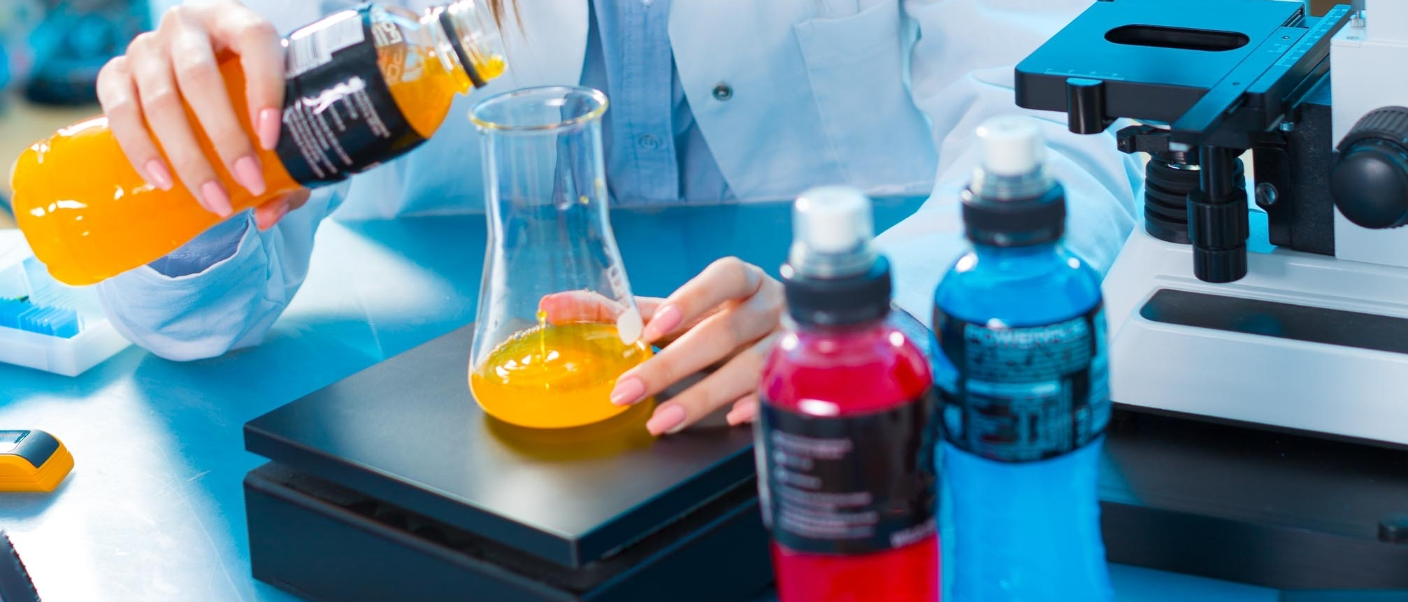
2. Shelf-life studies and testing
- Durability
- Challenge studies, such as studies of the behaviour of certain microorganisms.
- Secondary shelf-life studies, once opened.
3. Advantages
These shelf-life studies have multiple advantages, such as avoiding product returns, fines or a negative corporate reputation due to spoiled products.
Specifics of beer and other beverages
Does beer expire?
In principle, beer does not expire, and some even improve with age. Nonetheless, a best-before date must be included on most of them.
Since 2000, a European regulation has required a best-before date.
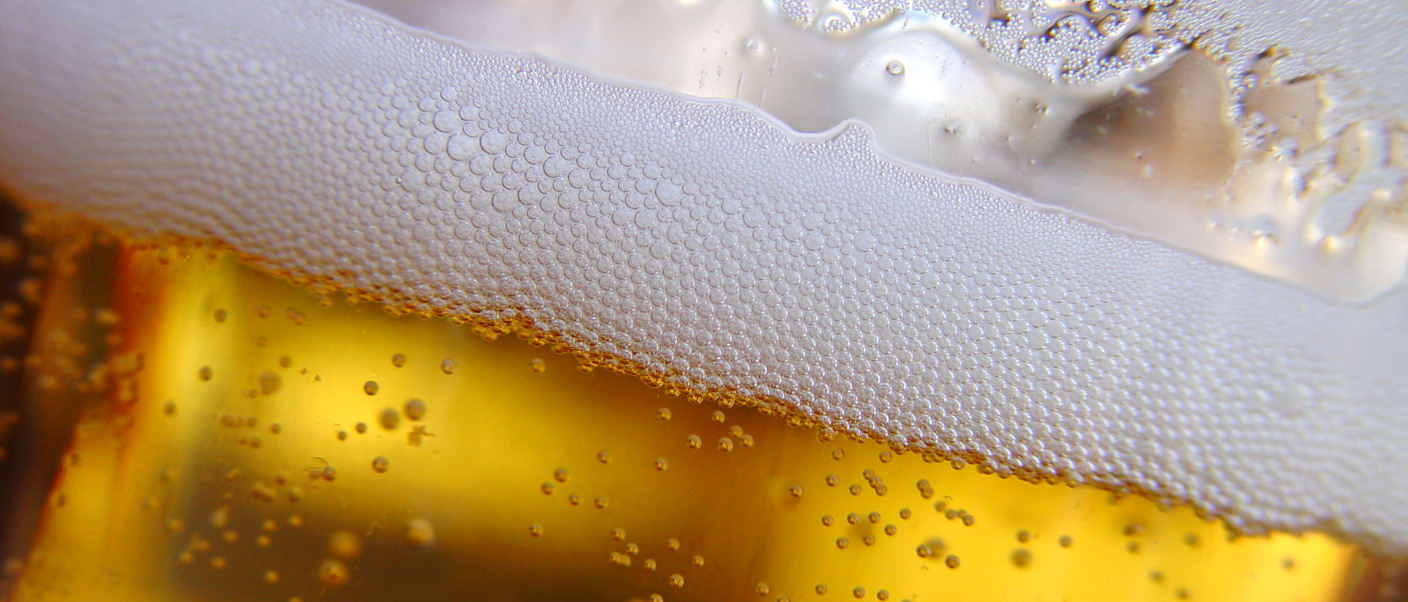
Because of this, and taking into account certain optimal packaging practices such as airtightness and protection from light, they can be enjoyed fully.
Soft drinks and their shelf life
Soft drinks also belong to the best-before group. Although there is no reason for them to have a different shelf life than non-carbonated beverages, container leakage can make them more perishable.
The shelf life of this type of beverage is explained in detail at ANFABRA.
We’re going to try to insert videos of this type to see how things look (in any case, if the image doesn’t fit):
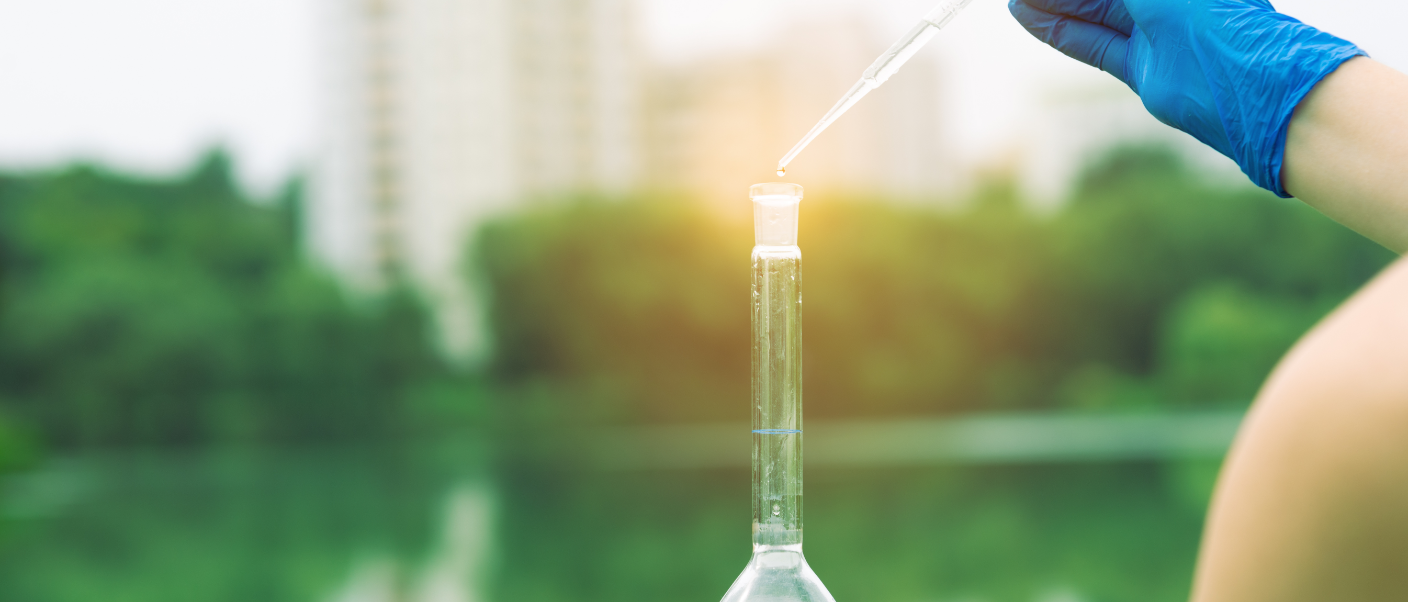
They address issues such as whether it’s dangerous to consume a soft drink after its expiry date—and the answer (yes or no) depends mostly on its conservation status, that is, whether it has been kept and preserved under optimal temperature and light conditions—or the loss of flavour and the deterioration of the aromatic profile, which may not meet the required standards of sensory quality after the date.
Also and for the studies, they discuss certain parameters taken as a reference, which include:
- Physical-chemical and microbiological parameters, provided by analyses, that define and comply with the compositional and nutritional specifications, among other aspects.
- Sensory parameters which assess different organoleptic aspects.

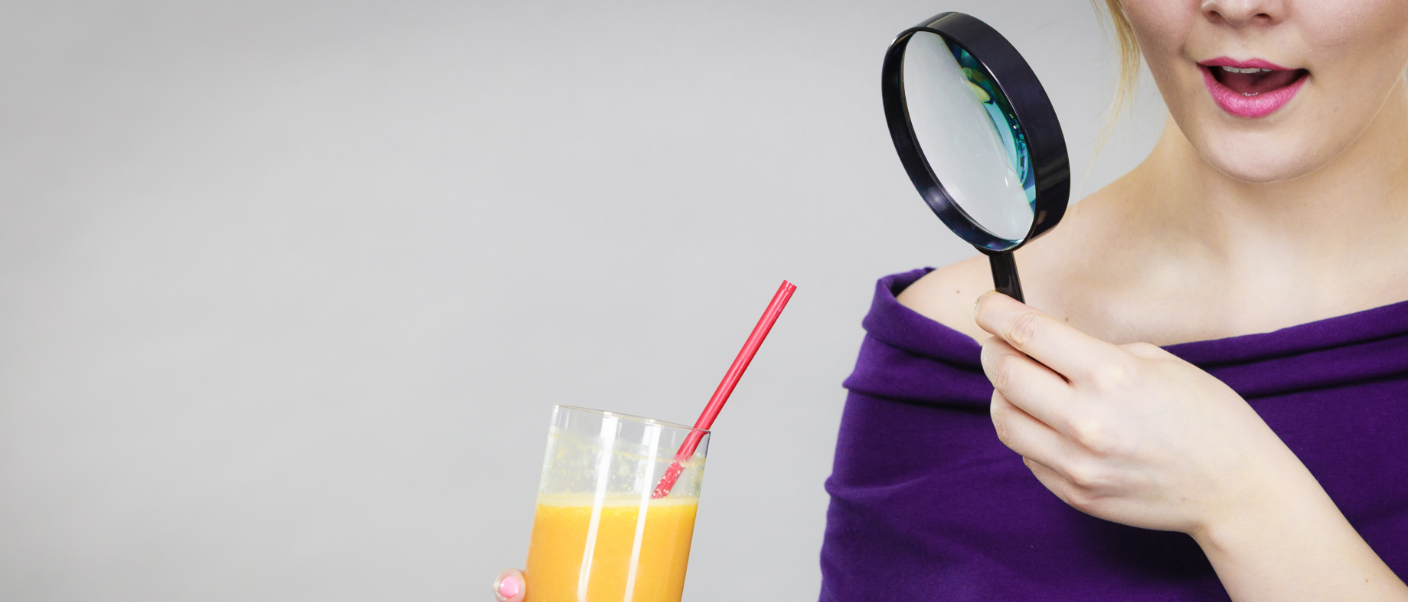



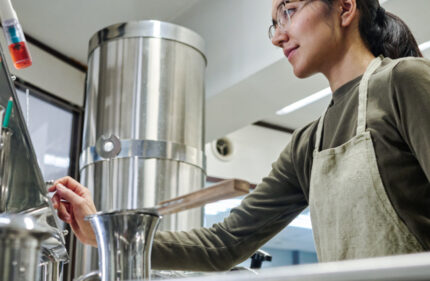
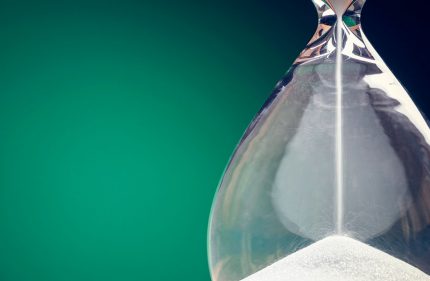
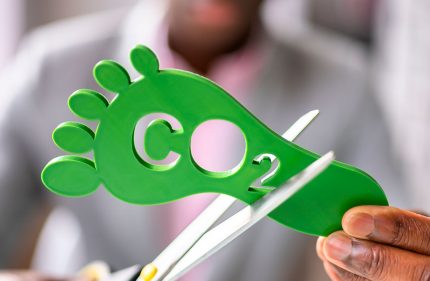
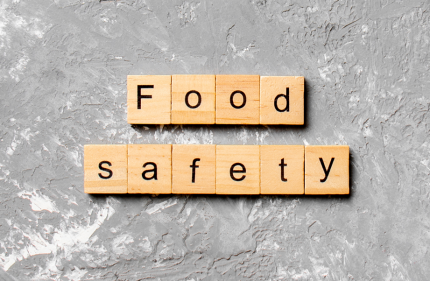
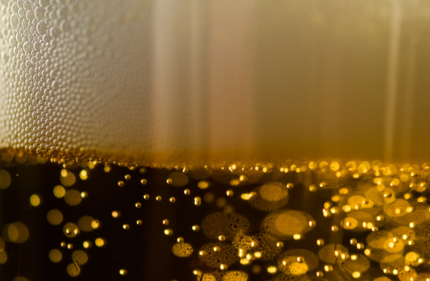
Comments